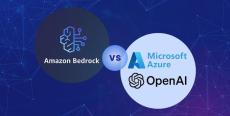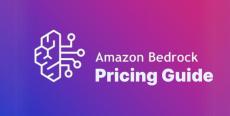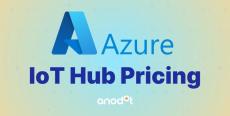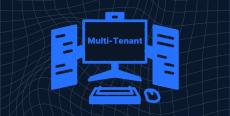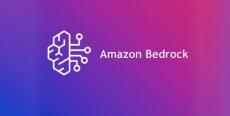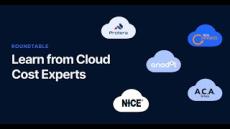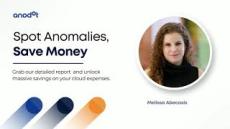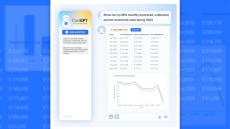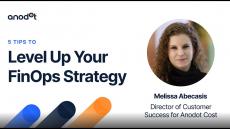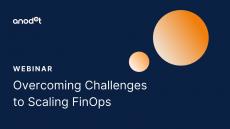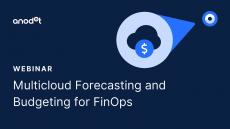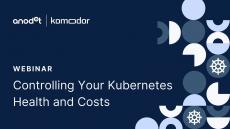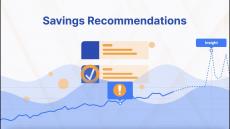- January 2025 (2)
- December 2024 (6)
- November 2024 (4)
- October 2024 (2)
- September 2024 (6)
- August 2024 (5)
- July 2024 (12)
- June 2024 (3)
- May 2024 (4)
- April 2024 (1)
- March 2024 (5)
- February 2024 (7)
- January 2024 (8)
- December 2023 (3)
- November 2023 (7)
- October 2023 (4)
- September 2023 (4)
- August 2023 (3)
- July 2023 (3)
- June 2023 (5)
- May 2023 (1)
- January 2023 (1)
- December 2022 (2)
- November 2022 (3)
- October 2022 (3)
- September 2022 (7)
- August 2022 (5)
- July 2022 (7)
- June 2022 (11)
- May 2022 (2)
- April 2022 (2)
- March 2022 (2)
- February 2022 (3)
- January 2022 (4)
- December 2021 (3)
- November 2021 (4)
- October 2021 (3)
- September 2021 (6)
- August 2021 (5)
- July 2021 (5)
- June 2021 (5)
- May 2021 (4)
- April 2021 (2)
- March 2021 (9)
- February 2021 (3)
- January 2021 (3)
- December 2020 (5)
- November 2020 (5)
- October 2020 (5)
- September 2020 (3)
- August 2020 (3)
- July 2020 (4)
- June 2020 (5)
- May 2020 (3)
- April 2020 (3)
- March 2020 (5)
- February 2020 (2)
- January 2020 (6)
- December 2019 (2)
- November 2019 (6)
- October 2019 (10)
- September 2019 (4)
- August 2019 (4)
- July 2019 (3)
- June 2019 (4)
- May 2019 (13)
- April 2019 (5)
- March 2019 (13)
- February 2019 (6)
- January 2019 (6)
- December 2018 (3)
- September 2018 (2)
- August 2018 (6)
- July 2018 (3)
- June 2018 (6)
Anodot applies AI to deliver autonomous analytics in real-time, across all data types, at enterprise scale. Unlike the manual limitations of traditional Business Intelligence, we provide analysts mastery over their business with a self-service AI platform that runs continuously to eliminate blind spots, alert incidents, and investigate root causes.
Autonomous Analytics uses machine learning to understand behavioral patterns within time series data, to identify anomalies and to continuously forecast future values. Our alerts operate in real time and offer you context - correlating each incident to similar anomalies, relevant factors and the potential root cause. Detect and diagnose high-impact problems faster than is humanly possible.
Why Autonomous Analytics?
- Track Every Business Parameter: Anodot uses its patented technology to learn the normal behavior of all your business metrics and constantly monitor their every move. All without configuring a thing.
- See The Anomalies That Matter: Not all anomalies are created equal. Anodot scores every business abnormality by degree of deviation so you can prioritize and act based on what’s most important to you.
- Models Automatically Trained For Accuracy: Our solution uses deep learning to automatically optimize forecasts. It selects a model that’s uniquely suited to your metrics from a library of predictive analytics algorithms. Data feedback is used to train your model for the highest possible accuracy.
- Continuous Forecasting For Operational Agility: Autonomous Forecast is always running. It works on data streams in real time to provide forecasts in the moment. With these capabilities, businesses can anticipate changing conditions and optimize their operations in advance, to improve customer satisfaction and seize opportunities.
The only alerts you need. Just when you need them.




